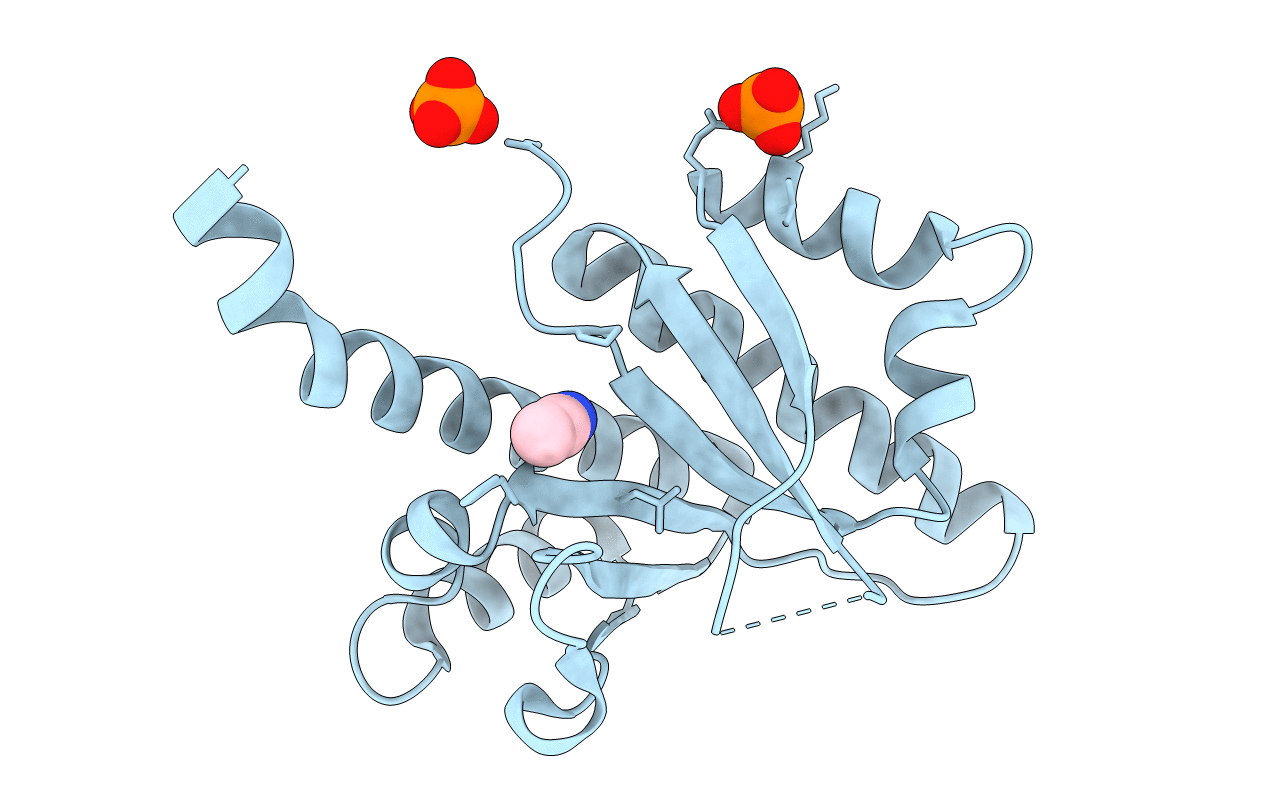
Deposition Date
2019-01-09
Release Date
2019-03-27
Last Version Date
2024-05-15
Entry Detail
PDB ID:
6QEY
Keywords:
Title:
IMP1 KH1 and KH2 domains create a structural platform with unique RNA recognition and re-modelling properties
Biological Source:
Source Organism:
Homo sapiens (Taxon ID: 9606)
Host Organism:
Method Details:
Experimental Method:
Resolution:
2.20 Å
R-Value Free:
0.24
R-Value Work:
0.18
R-Value Observed:
0.18
Space Group:
P 1 21 1


